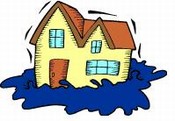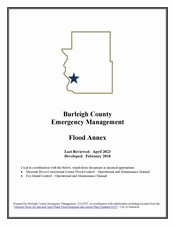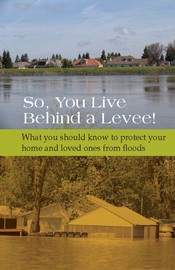After the Flood
Structural or utility questions?
Contact Burleigh County Building/Planning/Zoning: (701) 221-3727
Environmental questions such as mold, septic systems, private wells?
ND Environmental Health Division: 328-5188
Tetanus
If you are not current with a tetanus immunization (within the last ten years) and experiencing any cuts and wounds, see your local physician or local Public Health Unit.
Bismarck/Burleigh Public Health: 355-1540
American Red Cross Cleanup Kits available by contacting 223-6700
Clean-up kit contains:
Mop
Broom
Bucket
Sponge
Garbage bags
Latex gloves
Scrub brush
Bleach
Hard surface cleaner/degreaser
After the Flood Links:
ND Department of Health: Flood Cleanup Health and Safety Information
NDSU Extension Service: After the Flood
Environmental Protection Agency: Flooding
Centers for Disease Control (CDC) and Prevention: Floods
![[Burleigh County Logo]](/media/bfdhg25j/burleigh-county-logo-w-writing.jpg)
 Floods are one of the most common hazards in the United States. Flood effects can be local, impacting a neighborhood or community, or very large, affecting entire river basins and multiple states.
Floods are one of the most common hazards in the United States. Flood effects can be local, impacting a neighborhood or community, or very large, affecting entire river basins and multiple states.




